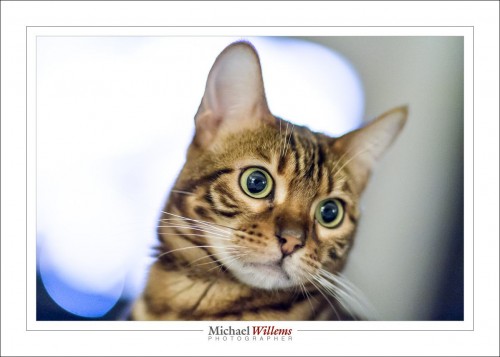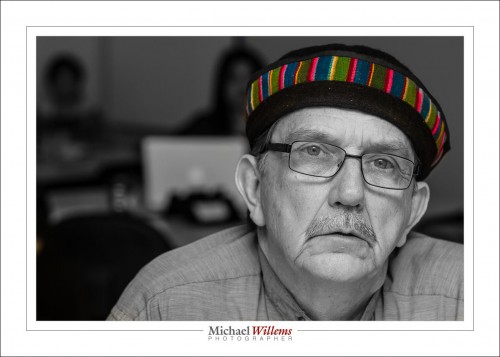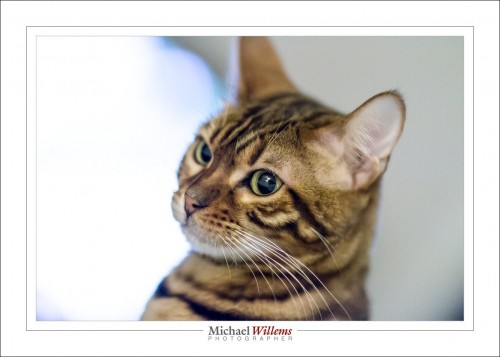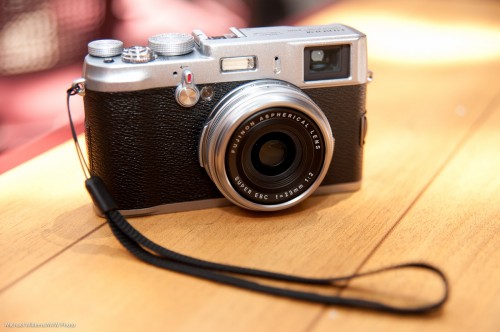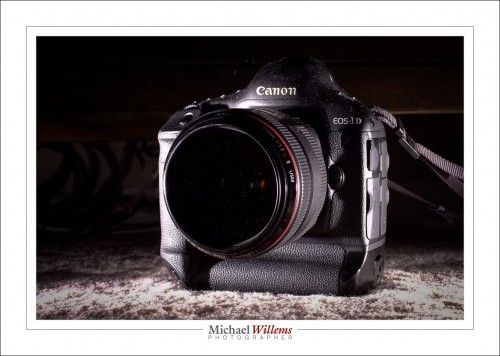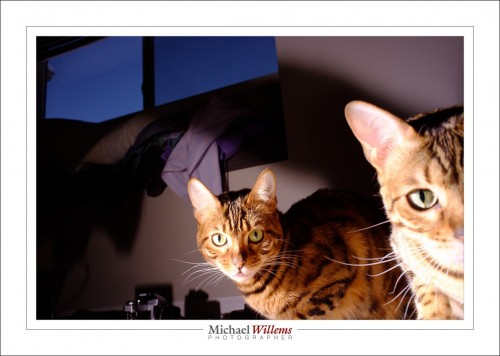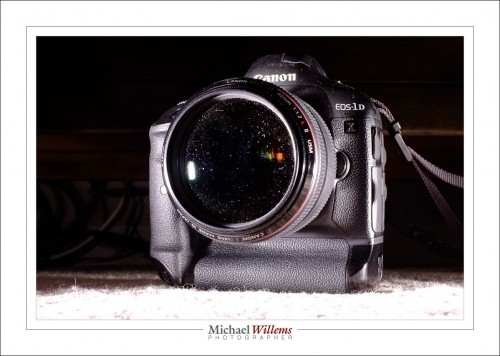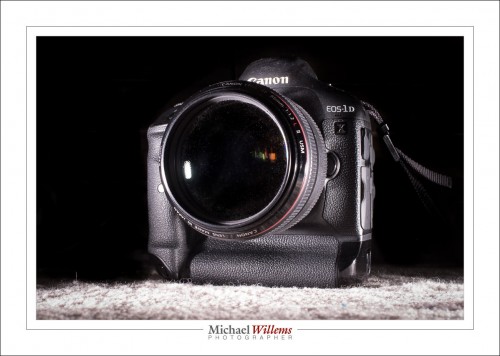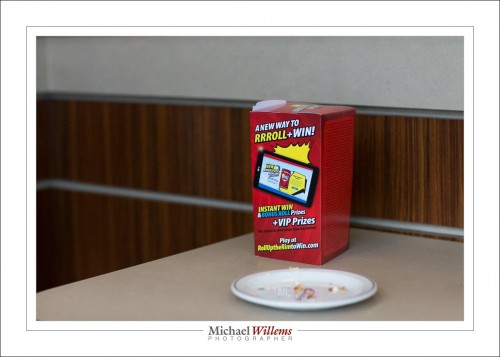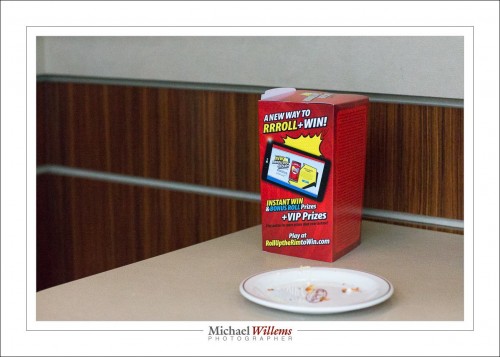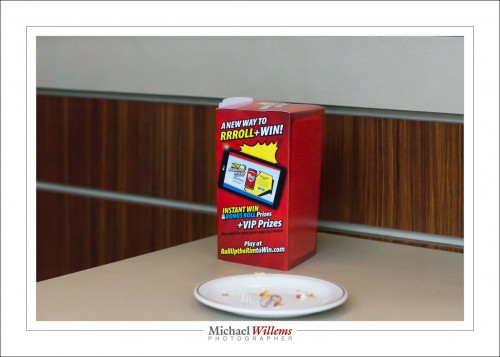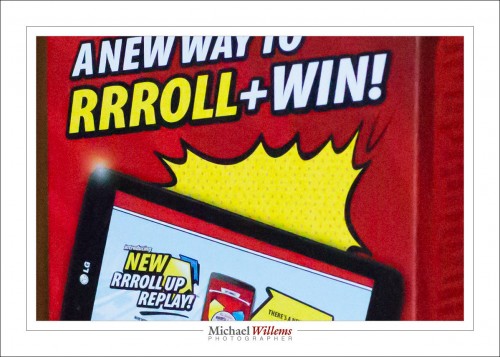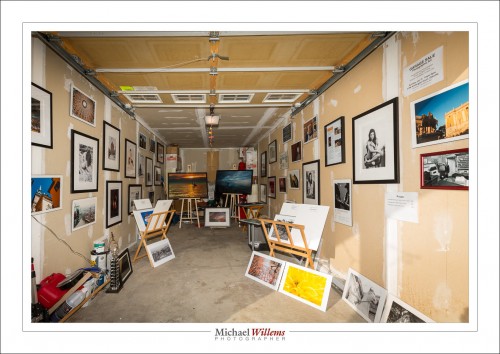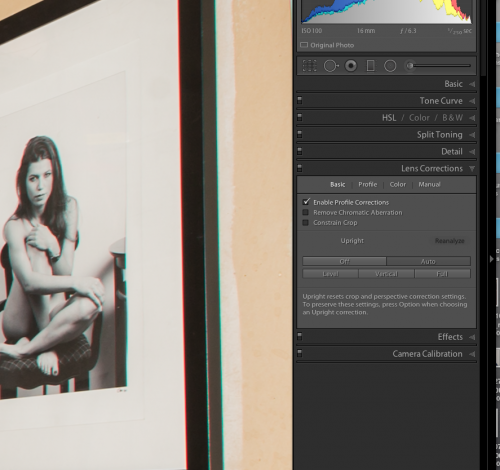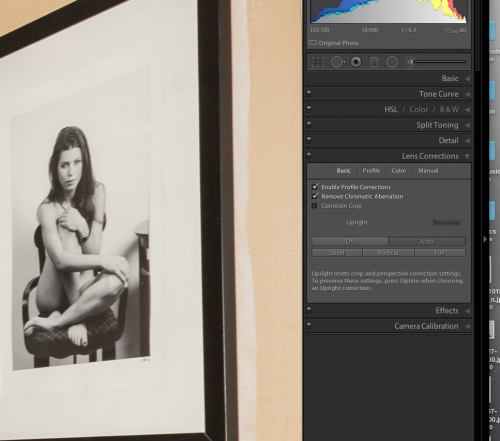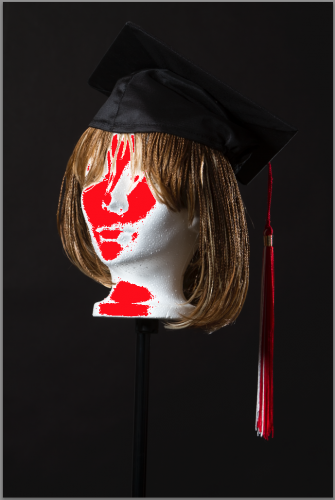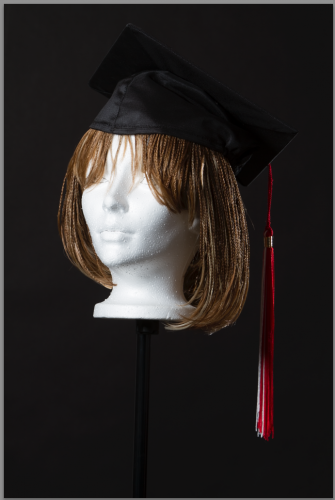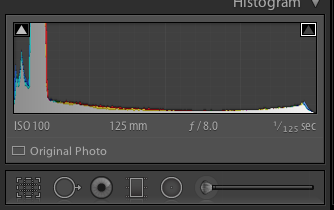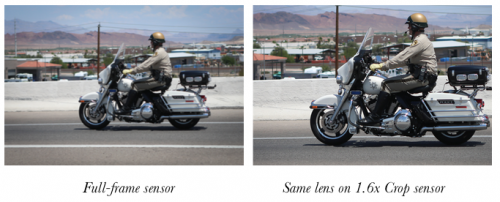I teach Lightroom, among other favourite things I teach. And that means I see many students’ computers.
And often, I see less than I expect. Often, options, important options, are missing.
Like the toolbar.
What toolbar?
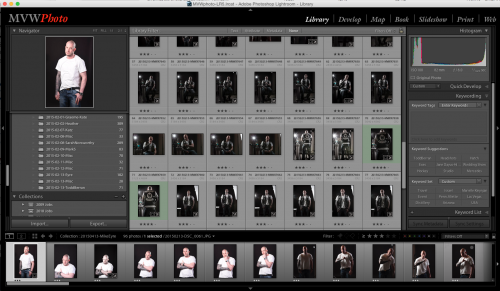
No toolbar there.
I mean the toolbar that appears when you turn it on by pressing the letter “T” (it toggles, so if it is already there, it will be removed), or by using the menu function VIEW–TOOLBAR. This toolbar, in other words:
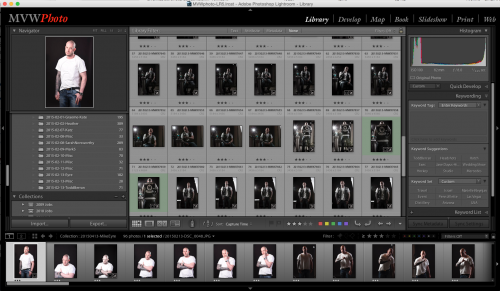
See it there, between the grid and the negative strip?
Now, within that toolbar, see the last option, that pulldown arrow? Click on it and you see a bunch of options. You may want to turn those on:
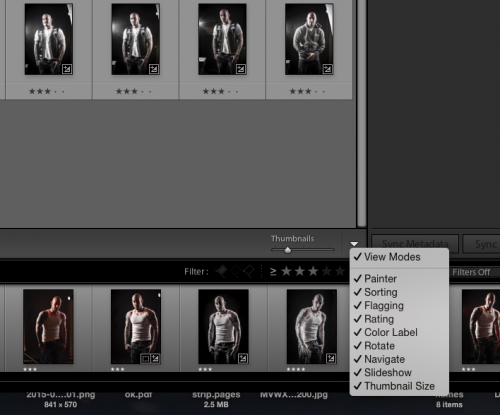
Now your toolbar will have all the tools. Check them out, then disable the ones you are sure you will not use.
Another option that is often missing is also a very handy one: the filter bar. At the top. You toggle that one by first being in the LIBRARY module (press “G” to go directly to the Grid view, for instance), and then pressing “\” (the backslash key).
(NOTE: In the DEVELOP module, the backslash key \ has a different, but also very useful function: it shows you the “before” view of a picture. In other words, the picture as it was when you imported it, or when you made the virtual copy. The image at the start of its edit history, in other words).
There are many, many other cool little tools in Lightroom. You do not need to use all of them, but I recommend that you use the ones you like; the ones that are good for your way of working. And there is one simple way to learn them: just check out all the menus and try every function. Learn them. Yes, you can!
End notes:
First, I teach Lightroom, and I will help you set up your Lightroom installation: file structure, import methods, backups, disks, and more. Worth every moment of the session I assure you.
Second, Lightroom only takes a few days to learn and is 100% worth your time and effort. Learn it. And as a supplement to my teaching and consulting, also watch my tips videos: see www.youtube.com/user/cameratraining/videos.
Third: just saying: if the subjects interest you, then my e-books (see http://learning.photography) are worth your money also. As is my teaching (see the same site).

